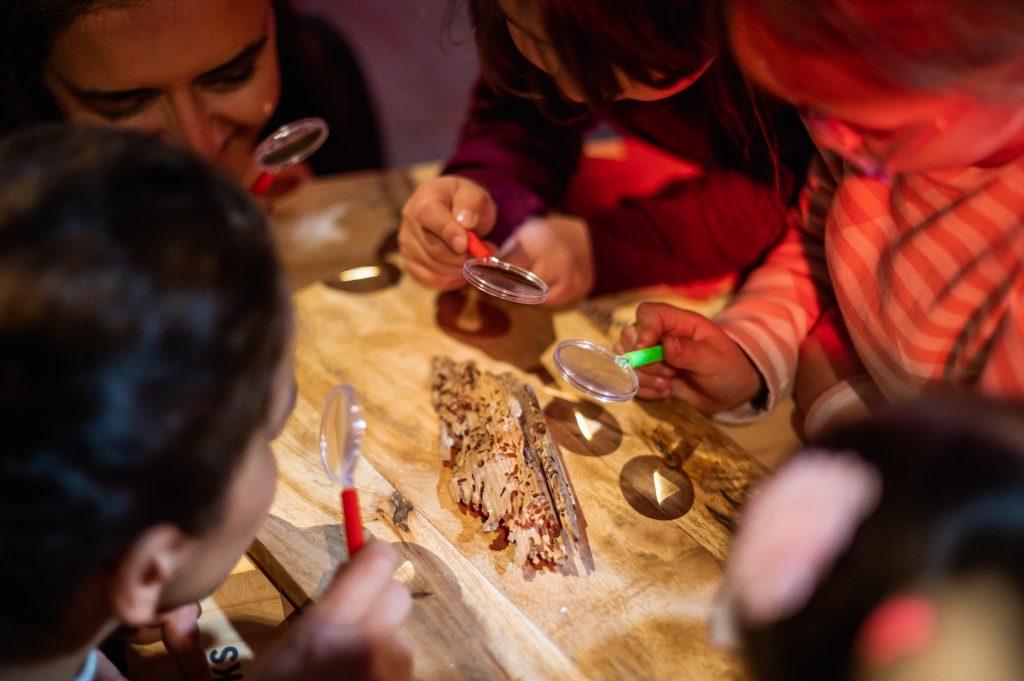It is often suggested that Marc’s inspiration for his tunnelling shield was the humble shipworm, Teredo Navalis. This tiny creature bores into ships’ timbers. Marc saw first hand the impact of Teredo Navalis up close when he worked in Chatham Dockyard.
Ship worms, which are in fact clams rather than worms, use their shells on top of their heads to bore tunnels through timbers of ships. It does its damage by using shell-like protrusions on either side of is head to dig, then excreting the excavated wood out of its body, using it to line and reinforce the tunnel as it moves along.
It is often suggested that Engineer Marc Brunel inspiration for his tunnelling shield was the humble shipworm, Teredo Navalis. saw first hand the impact of Teredo Navalis up close when he worked in Chatham Dockyard.
To construct the Thames Tunnel, Marc Brunel built the first ever “travelling shield”. Made of iron and weighing more than seven tons, it contained 36 adjacent cells all of which contained a miner working independently. The design for the shield was inspired by Marc’s observation of the shipworm “teredo navalis”, which excretes digested wood to line the walls of its self-made tunnel. The huge iron frame made the construction not only safer, as it prevented the whole face collapsing at once, but also more accurate, as it kept the design to an exact size and shape.
Each time the miners completed the removal of another few inches of the wall of clay before them, the frame in which they stood was pushed forward. This allowed the brick- layers to add another course of bricks. In this way the tunnel inched forward up to a maximum of 8 feet per 24 hours. The labourers moved the spoil in barrels and wheelbarrows back to the shaft where it was hauled the 60 ft up to the surface. There was the constant fear of the weight of water above them and of it finding its way through. Unfortunately, from time to time it did!
Vote for Teredo Navalis as the UK’s Invertebrate of the Year 2024
Discover how the Tunnelling Shield made the Thames Tunnel possible in a visit today

